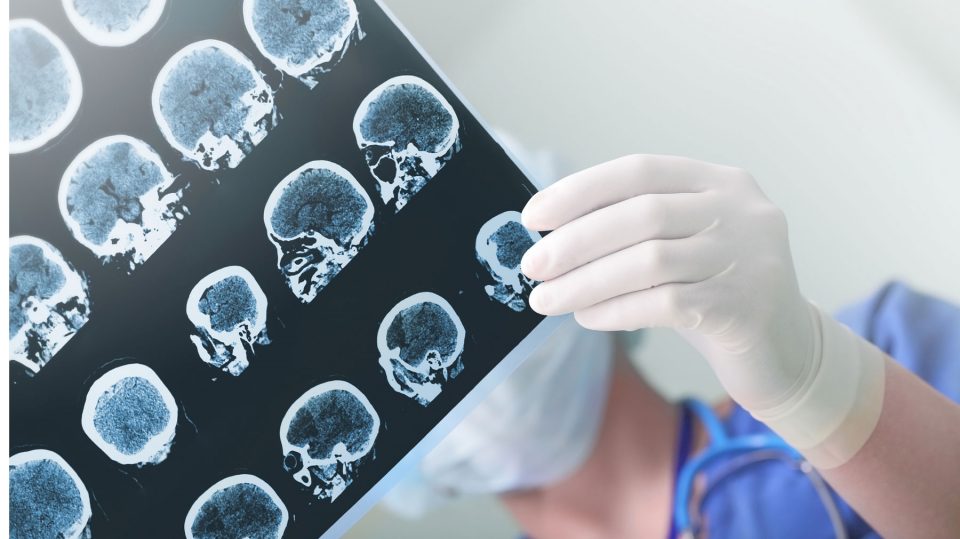Depression affects 50% of patients with neurological diseases

Depression is underdiagnosed in neurological disorders and not only limits response to treatment, but also increases disability, reduces quality of life, and increases mortality rates.
Depression and anxiety are psychiatric comorbidities are widespread in neurological disorders that have a significant impact on both those who suffer from them and those who care for them. Between 30-50% of people suffering from neurological diseases also suffer from depression. Depression increases the burden of disease by limiting response to treatment, increasing disability, reducing quality of life, and increasing mortality rates, as highlighted in a recent article published in Brain Sciences, “Depression in major neurodegenerative diseases and strokes. A critical review of the similarities and differences between neurological disorders.
depression in that context of neurological diseases is often underdiagnosed and untreatedand presents difficulties in diagnosis due to heterogeneity of symptoms and possible confusion with other diseases, the review said. For him Dr. Javier Pagonabarraga, neurologist at the Santa Creu e Sant Pau Hospital and one of the authors of the above-mentioned article, “depression is underdiagnosed because many neurologists still focus on diagnosing neurological diseases and often understand depression only as a difficulty in adapting to a neurological disease. “There may be a lack of understanding that symptoms of depression are caused by the same dysfunction in brain circuits.”
General aspects
Neurological disorders and depression may share common pathophysiological processes and, in addition, in some neurological diseases such as A.Alzheimer’s disease, epilepsy and stroke have a bidirectional relationship with depression.Thus, depression is a risk factor for the development of some neurological disorders, and vice versa. “This bidirectional relationship means that indeed, in many of these patients, depression is secondary to dysfunction of the neural networks that are affected by the neurological disease itself. “This can range from depression in multiple sclerosis, where the same neurological disease affects the circuits that contribute to depression, and is applicable after a stroke or epilepsy, and, of course, in the most common neurodegenerative diseases,” explains Dr. Pagonabarraga.
If depression is not identified and treated along with a neurological disorder, it can lead to persistent symptoms and further disability. Treatment of depression in neurological diseases requires an approach that takes into account both neurological and psychiatric and psychological aspects., which includes integrative strategies with pharmacological and non-pharmacological interventions. As this article demonstrates, neurologists must recognize symptoms, make a diagnosis, and initiate therapy early.
In this sense, Dr. Pagonabarraga believes that “Any neurologist should know how to identify depressive syndrome and distinguish it from apathetic syndrome or anxiety syndrome. “be able to determine the best treatment and know how to explain to patients each of the symptomatic areas that affect them on a daily basis.”
The article also highlights the importance Be aware of lesser-known symptoms of depression, such as cognitive symptoms.and evaluate them alongside other depressive symptoms.
Alzheimer’s, Parkinson’s and stroke
Prevalence depression in patients with mild cognitive impairment is approximately 25% in community samples and 40% in clinical samples. Among older adults with all-cause dementia, the prevalence of major depressive disorder is 14.8% in patients with Alzheimer’s disease (AD) and higher (24.7%) in patients with vascular dementia2.
Progression of AD is associated with more severe apathy and less severe depression and anxiety, but Affective symptoms are prevalent in all stages of dementia.
In its turn, Neuropsychiatric symptoms in Parkinson’s disease (PD) often contribute most to disability., to worse quality of life and greater burden on caregivers than motor symptoms, as reflected in a review published in the journal Brain Sciences. Therefore, early treatment of depressive symptoms in PD is critical.
Depression is also the most common mood disorder after stroke and has a significant impact on subsequent rehabilitation. stroke, quality of life, mortality and disability. Post-stroke depression (PSD) can occur in approximately one in three people who have a stroke and remains stable for 10 years after the stroke. Early assessment of depression in the acute phase of stroke is critical, as the presence of stroke symptoms may complicate diagnosis and lead to underdiagnosis.
Main problems
According to Dr. Pagonabarraga, “We increasingly understand depression not as a neurotransmitter deficiency, but as a network dysfunction.” So there is a limbic loop that involves the prefrontal cortex, the emotional areas of the limbic system, the areas associated with the limbic system of the temporal lobe and therefore the big challenge is how we can restore and retrieve this loop. the frontal-subcortical limbic loop returns to proper functioning.
In his opinion, “the concept of depression as a network disease opens the way to many other mechanisms of action and therefore to many other therapeutic purposes.
Finally, this specialist also points out the importance Psychotherapy in the treatment of depression: an approach that should be promoted“because it is very difficult to conduct psychotherapy, especially from the neurological side, and without it, patients will not be treated well.”
